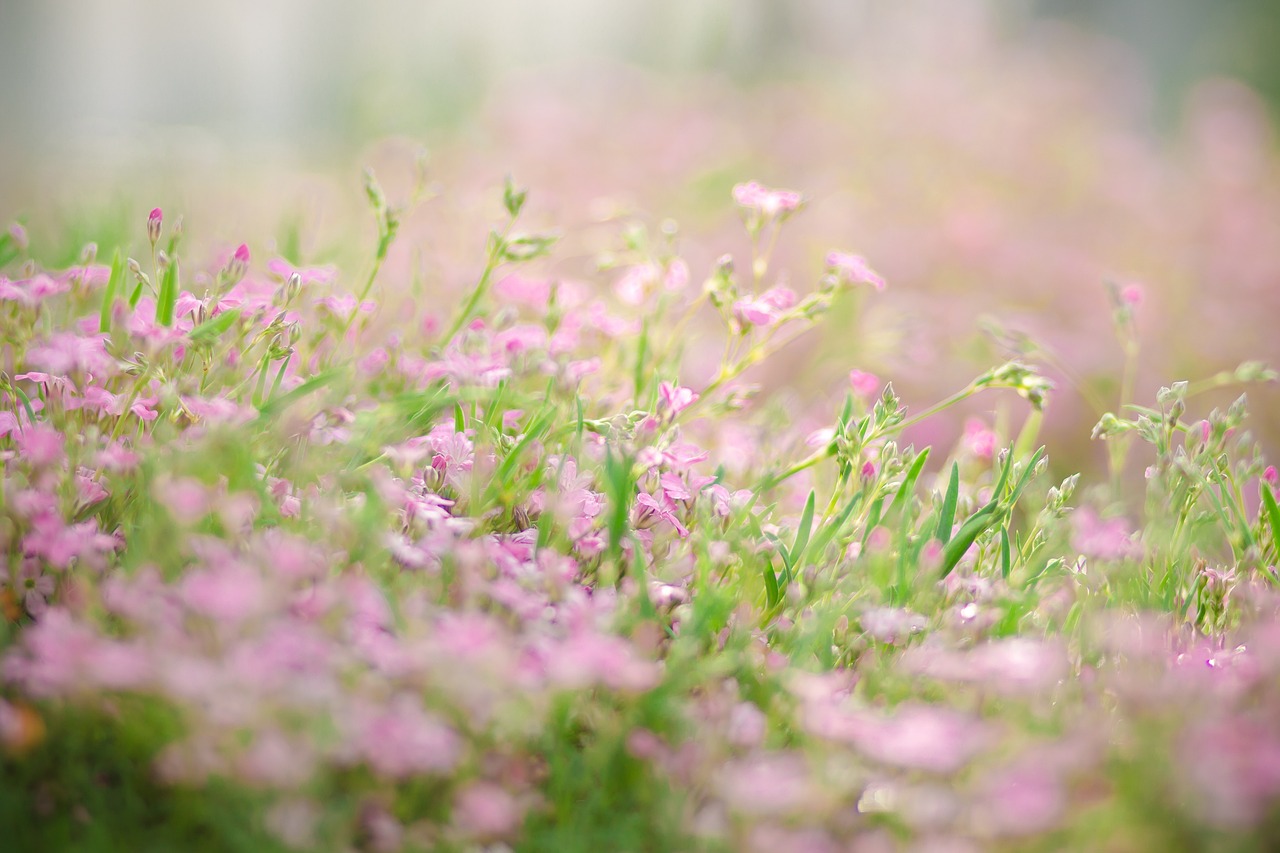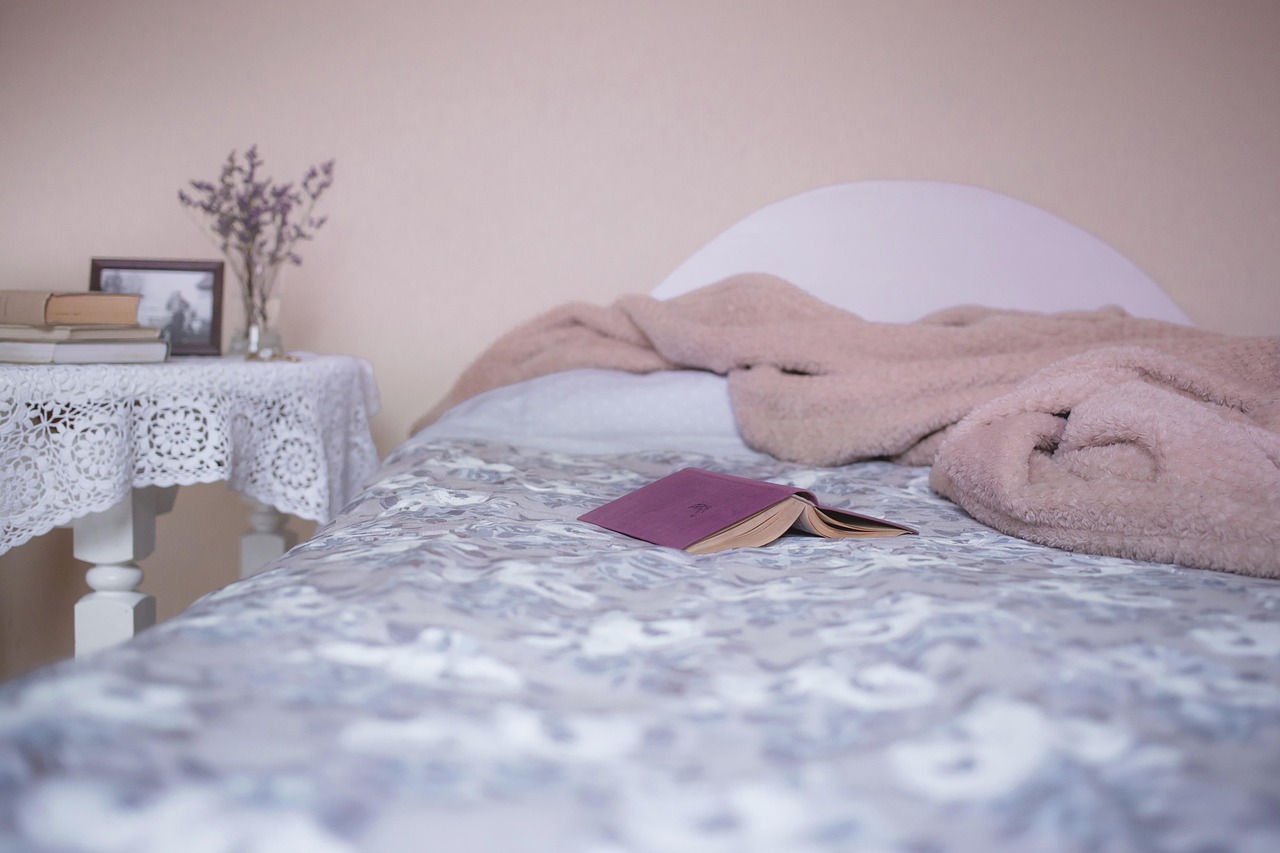Cut flower beds are designed to provide a continuous supply of beautiful blooms for floral arrangements while also enhancing the garden’s aesthetic. By carefully selecting a variety of flowers, considering their growth habits, and planning for seasonal blooms, gardeners can create stunning and productive cut flower beds.
Understanding Cut Flower Beds

Creating a cut flower bed involves more than just planting flowers. It requires thoughtful planning and design. The goal is to cultivate flowers that not only look beautiful but also thrive in the garden environment. This method of gardening provides both visual appeal and a sustainable source of flowers for home arrangements or special events.
Cut flower beds can serve multiple purposes. They can beautify your garden space, attract pollinators, and offer fresh flowers for your home. With the right approach, these beds can be productive throughout the growing season, providing blooms from spring to fall. This section will explore essential aspects of designing successful cut flower beds.
Essential Elements of Designing Cut Flower Beds
When planning a cut flower bed, several factors should be considered to ensure a flourishing garden. Understanding these elements will help in creating an effective design:
- Flower Selection: Choose a variety of flowers that bloom at different times of the year to ensure continuous production.
- Sunlight Requirements: Ensure that the selected flowers match the sunlight conditions of the chosen location.
- Soil Quality: Invest in good-quality soil that provides nutrients and drainage for healthy plant growth.
- Watering Needs: Different flowers have varying water requirements; plan your watering schedule accordingly.
The selection of flowers is crucial in creating a successful cut flower bed. Some popular choices include:
| Flower Type | Bloom Time | Height |
|---|---|---|
| Sunflowers | Summer | 3-10 feet |
| Zinnias | Summer to Fall | 1-3 feet |
| Dahlias | Summer to Fall | 2-5 feet |
| Cosmos | Summer to Fall | 2-4 feet |
Beyond selecting the right flowers, spacing and arrangement are vital components of design. Flowers should be planted in a way that allows for air circulation and adequate sunlight, which helps prevent diseases and promotes healthy growth. Consider grouping plants with similar needs together for easier maintenance.
In addition, think about the height of the flowers when planning your layout. Taller varieties should be placed at the back of the bed if it is against a wall or fence, while shorter plants can be positioned at the front. This not only creates an attractive visual layer but also ensures that all plants receive sufficient light.
As you design your cut flower bed, keep in mind that maintenance will be required throughout the growing season. Regular deadheading, watering, and fertilizing will help maximize blooms and keep your garden looking its best.
Planning and Preparing the Site
Before planting your cut flower bed, it is essential to plan and prepare the site properly. This initial phase sets the groundwork for a thriving garden. Here are several key steps to ensure your site is ready for planting:
- Selecting the Right Location: Choose a site that receives at least six hours of sunlight per day. Ensure that it is easily accessible for maintenance and harvesting.
- Assessing Soil Quality: Conduct a soil test to determine pH levels and nutrient content. This information will guide necessary amendments.
- Clearing the Area: Remove any weeds, rocks, or debris from the selected site. This helps prevent competition for nutrients and reduces pest habitats.
- Soil Preparation: Amend the soil with organic matter such as compost to improve fertility and drainage.
Soil Testing and Improvement
The quality of soil plays a significant role in the success of your cut flower bed. Testing your soil will provide insights into its nutrient levels and acidity. Here’s how to approach soil testing:
- Collect Samples: Gather soil samples from different areas of your garden to create a composite sample.
- Send for Testing: Use a local agricultural extension service or commercial lab to analyze your samples.
- Interpret Results: Review the results to determine necessary amendments, such as lime for acidity adjustment or fertilizers for nutrient boost.
Based on the test results, you may need to improve your soil by adding organic matter, fertilizers, or other amendments. This will help create an ideal environment for your flowers to thrive.
Choosing the Right Flowers for Cut Flower Beds
As previously mentioned, selecting the right flowers is crucial for a successful cut flower bed. Here are additional considerations when choosing flowers:
Flower Varieties for Different Seasons
To ensure continuous blooms throughout the season, consider integrating early, mid, and late-season flowering plants. Below are examples of flowers that bloom in each season:
| Bloom Season | Flower Examples |
|---|---|
| Spring | Tulips, Daffodils, Peonies |
| Summer | Roses, Sunflowers, Zinnias |
| Fall | Chrysanthemums, Asters, Dahlias |
Consideration of Flower Height and Structure
The height and structure of flowers should also influence your choices. Mixing tall, medium, and short varieties will create a visually appealing arrangement. Some additional points to consider include:
- Tall Flowers: Include sunflowers or hollyhocks at the back or center of circular beds.
- Medium Flowers: Use varieties like delphiniums and lilies in the middle layer.
- Short Flowers: Fill in the front with low-growing plants like marigolds or pansies.
This layering effect not only enhances visibility but also provides support and protection against wind and rain for shorter plants.

Seasonal Care for Cut Flower Beds
Caring for your cut flower bed throughout the seasons is vital for maintaining health and productivity. Here are essential care tips:
Spring Care
In spring, focus on planting and establishing your flowers. Ensure proper watering and start fertilizing as new growth emerges. Be vigilant about weed control, as they can compete for nutrients.
Summer Care
During summer, monitor water levels closely. Flowers often require more water during hot periods. Deadhead spent blooms regularly to promote new growth and extend flowering.
Fall Care
In fall, allow some foliage to remain to protect the roots during winter. Cut back dead stems after frost has passed. Consider adding mulch to insulate the soil and prevent erosion.
Pest and Disease Management

Maintaining a healthy cut flower bed involves proactive measures to manage pests and diseases. Various insects and diseases can threaten your flowers, impacting their growth and bloom quality. Understanding common threats and employing effective management strategies is essential.
Common Pests in Cut Flower Beds
Here are several common pests that may invade your flower beds:
- Aphids: Small, soft-bodied insects that suck the sap from plants, leading to wilting and yellowing leaves.
- Spider Mites: Tiny pests that create fine webbing on plants, causing discoloration and leaf drop.
- Slugs and Snails: These mollusks can chew holes in leaves and flowers, particularly in damp conditions.
- Whiteflies: These small, white flying insects can weaken plants by feeding on their sap and transmitting diseases.
Identifying Pest Problems
Regular monitoring of your cut flower bed will help identify pest problems early. Look for signs such as:
- Distorted leaves or flowers
- Pale or yellowing foliage
- Visible pests on stems or undersides of leaves
- Loss of blooms or reduced vigor
Disease Prevention and Treatment
Along with pests, diseases can also impact your flowers. Some common flower diseases include:
- Powdery Mildew: A fungal disease that appears as a white powdery substance on leaves.
- Botrytis Blight: A fungal disease that causes brown spots on flowers and can lead to rot.
- Root Rot: Often caused by overwatering, this disease affects the roots, leading to poor growth and plant death.
Preventive Measures
Implementing preventive measures is the best strategy against pests and diseases. Consider the following:
- Maintain Plant Health: Healthy plants are more resilient. Provide adequate water, nutrients, and sunlight.
- Rotate Crops: Avoid planting the same species in the same location year after year to prevent soil-borne diseases.
- Practice Good Hygiene: Remove debris and dead plants from the garden to minimize disease risk.
- Encourage Beneficial Insects: Ladybugs and lacewings can help control pest populations naturally.
Harvesting Flowers for Cut Arrangements
Harvesting flowers at the right time and in the correct manner ensures longevity in arrangements. Understanding how to cut flowers is crucial for maximizing their vase life.
Timing Your Harvest
The best time to harvest flowers is usually early in the morning or late in the afternoon when temperatures are cooler. Here are some tips for timing your cut:
- Look for Buds: Cut flowers when they are just beginning to open, as this will allow them to bloom fully in arrangements.
- Avoid Over-Ripeness: Flowers that are fully open may wilt quickly once cut.
- Check Stems: Ensure stems are firm and healthy, which indicates a strong water supply.
Cutting Techniques
The technique used for cutting flowers can affect their longevity in vases. Consider these steps:
- Use Sharp Tools: Always use clean, sharp scissors or pruning shears to make clean cuts.
- Cut at an Angle: Cutting stems at a 45-degree angle increases the surface area for water absorption.
- Avoid Crushing Stems: Be gentle to avoid crushing the stems, which can impede water uptake.
Post-Harvest Care
After cutting, it is essential to care for your flowers properly. Follow these steps:
- Place in Water Immediately: Put cut flowers into a bucket of clean water right away to keep them hydrated.
- Remove Leaves Below Waterline: Remove any leaves that will be submerged in water to prevent decay.
- Add Flower Preservative: Consider using a commercial flower preservative or a homemade solution to extend vase life.
By following these guidelines for harvesting and caring for cut flowers, you can enjoy beautiful arrangements from your garden throughout the season.
Creative Uses for Cut Flowers
Beyond simply arranging cut flowers in vases, there are numerous creative and practical uses for the blooms harvested from your cut flower beds. Here are some innovative ideas to make the most of your floral bounty:
- Floral Bouquets: Create stunning bouquets for gifts or special occasions. Mixing different blooms and colors can result in unique arrangements.
- Floral Centerpieces: Use cut flowers to design beautiful centerpieces for dining tables, enhancing the ambiance of any meal.
- Event Decorations: Decorate weddings, parties, or gatherings with fresh flowers from your garden. Custom arrangements can fit any theme or color scheme.
- Dried Flower Crafts: Dry flowers to create potpourri, wreaths, or decorative arrangements that last throughout the year.
Flower Storage Tips

If you have an abundance of cut flowers that you cannot use immediately, proper storage techniques can help maintain their freshness:
- Refrigeration: Store cut flowers in a cool place, ideally in a refrigerator, to prolong their freshness, especially if you plan on using them later.
- Water Storage: Keep flowers submerged in water until you are ready to arrange them. Use clean containers to avoid contamination.
- Air Conditioning: If refrigeration is not available, keep the flowers in an air-conditioned room to slow down wilting.
Seasonal Flower Bed Design Trends
As gardening evolves, new trends emerge that can enhance the beauty and productivity of cut flower beds. Here are some contemporary design trends to consider:
- Pollinator Gardens: Planting flowers that attract bees, butterflies, and other beneficial insects can enhance both the beauty and ecological value of your garden.
- Perennial Focus: Incorporating more perennials into your cut flower beds can provide long-term blooms with less annual replanting effort.
- Sustainable Practices: Utilizing organic gardening techniques and native plants can create a more sustainable flower garden while promoting biodiversity.
Final Thoughts
Designing beautiful and productive cut flower beds offers a rewarding experience for both novice and experienced gardeners. By carefully selecting flowers, planning for seasonal blooms, and implementing thoughtful maintenance strategies, you can cultivate vibrant gardens that provide stunning arrangements throughout the year.
The joy of harvesting your own flowers extends beyond aesthetics; it fosters a deeper connection with nature and enhances your living environment. Whether you aim to create stunning bouquets for celebrations or simply enjoy the beauty of flowers indoors, the knowledge gained from managing your cut flower beds will serve you well.
As you embark on this floral journey, remember that patience and observation are key. Each season brings new challenges and rewards, allowing you to learn and adapt your gardening practices. With creativity and care, your cut flower beds can flourish and bring beauty to your home for years to come.
